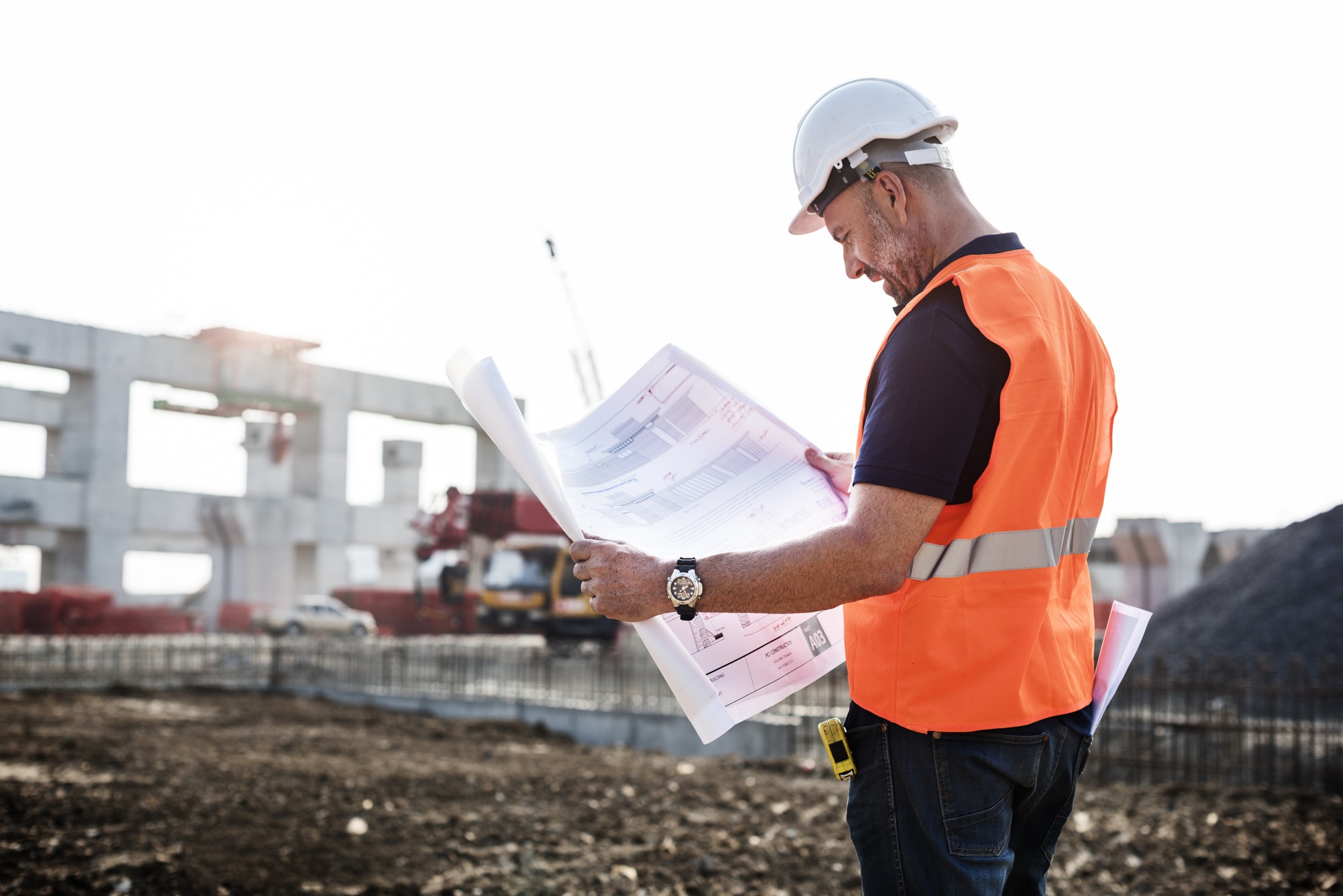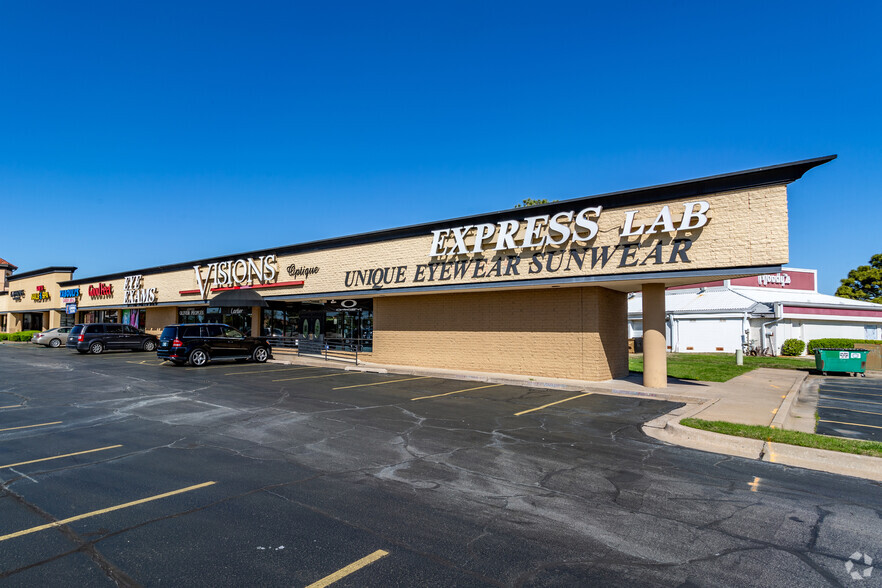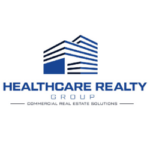The medical office development landscape is shifting as new construction starts to slow down while renovations and repurposing existing retail and office spaces pick up steam. High construction costs and limited availability of buildable land have made new ground-up projects less feasible, leading developers to find creative solutions to expand healthcare access.
New Construction Slowing Due to High Costs
New medical office construction reached a fever pitch during the 2010s as demand grew rapidly. However, rising costs for materials, labor, and land have put a damper on new projects over the past couple of years. Construction costs rose over 20% in 2021 alone, making new construction far less affordable. In addition, interest is up, and lending is down. As a result, the number of new medical office building projects has declined significantly.
In fact, analytics firm Revista reports that new medical office construction starts dropped 18% in 2022 compared to the previous year. This downward trend is expected to continue into 2024 as costs remain high and developers grow cautious about overbuilding. Healthcare systems looking to expand are finding it more prudent to consider alternatives like renovations or repurposing existing structures.
Focus Shifting to Renovations
With new construction becoming less feasible, healthcare providers are putting more emphasis on renovating and refreshing their existing facilities[5]. Renovations allow providers to update their spaces to support new technologies and service lines at a fraction of the cost of building new.
Renovation projects ranging from minor refresh projects to extensive overhauls increased nearly 10% in 2022 and are expected to rise further in 2024. By renovating, healthcare providers can expand or optimize their spaces in a more affordable manner during this high-inflation environment.
Renovations also allow for facilities to be updated incrementally to match evolving patient needs. Systems can refresh spaces as required rather than building excess capacity upfront through new construction. This just-in-time approach provides more flexibility.
Repurposing Retail and Office Spaces
Another trend gaining steam is repurposing vacant retail and office spaces into medical offices. The growth in online shopping and remote work during the pandemic left many retail and office buildings empty. Healthcare providers are taking advantage by moving into these vacant spaces in desirable locations.
Converting existing buildings allows providers to establish new facilities faster and at a lower cost than ground-up construction. The locations also offer convenience and visibility to attract patients.
For example, Atrium Health recently opened a new 65,000-square-foot medical office in a former Best Buy store in North Carolina. The healthcare system was able to quickly and affordably convert the retail space into a modern facility housing primary care, specialty services, and imaging.
Older office buildings are also prime targets for conversion into medical offices. Healthcare providers can transform these spaces into state-of-the-art outpatient facilities at a fraction of the cost of new construction. Expect repurposing trends to continue as healthcare systems seek creative ways to expand access.
Providing Care Close to Home
A major driver behind repurposing retail and office buildings is to provide care options closer to where patients live and work. By moving into built-up areas and suburbs, providers can improve convenience and access.
Systems like Intermountain Healthcare have made locating clinics and medical offices in retail centers a core part of their growth strategy. This allows them to embed care directly in local communities instead of concentrating services in large hospitals and medical centers.
Bringing medical offices closer to home benefits patients by reducing travel time and making it easier to fit care into their daily routines. The trend caters to rising consumer preference for convenience.
Adapting to Changing Economics and Patient Needs
To adapt to changing economics and patient needs, medical office development is shifting away from new construction towards more efficient options like renovations and repurposing existing structures. While new construction served healthcare systems well in the past, current trends call for utilizing resources in more creative and cost-effective ways. Healthcare providers who embrace these new approaches will be well-positioned to thrive in the years ahead.






